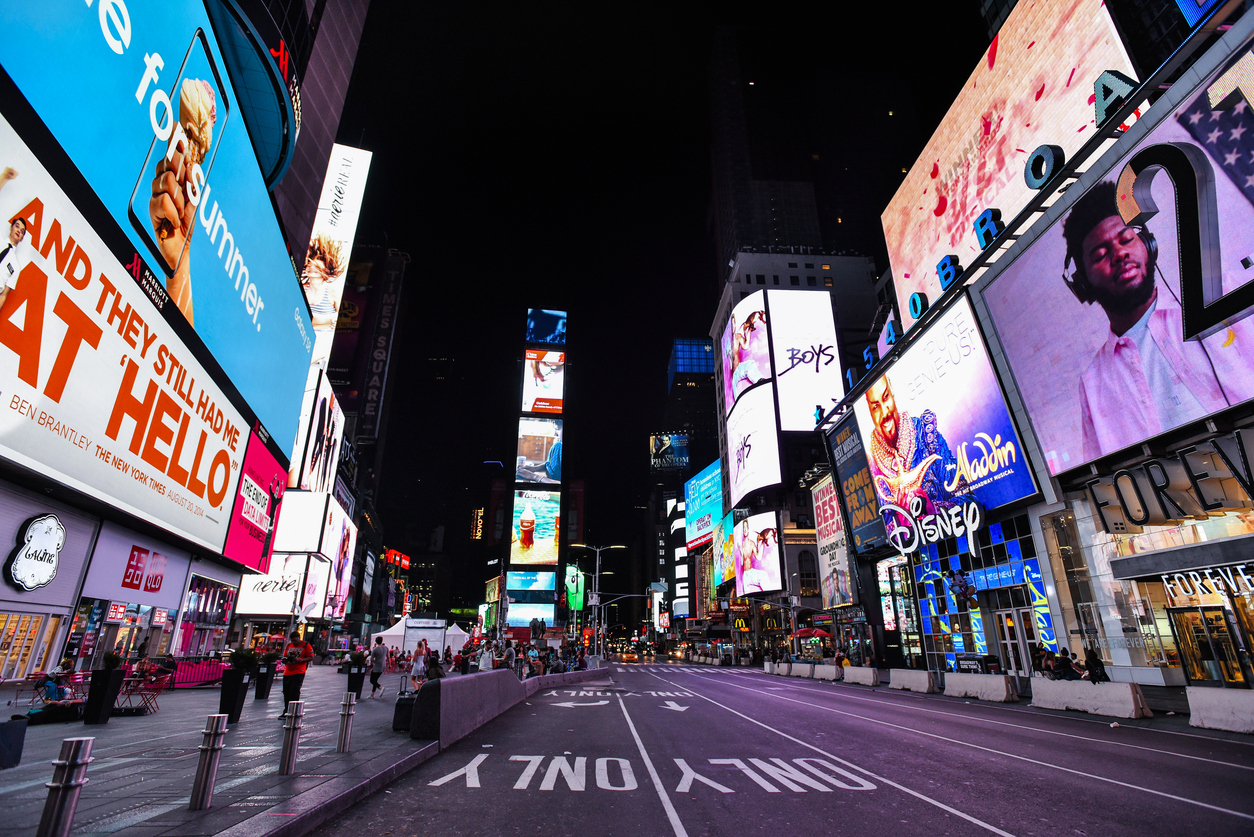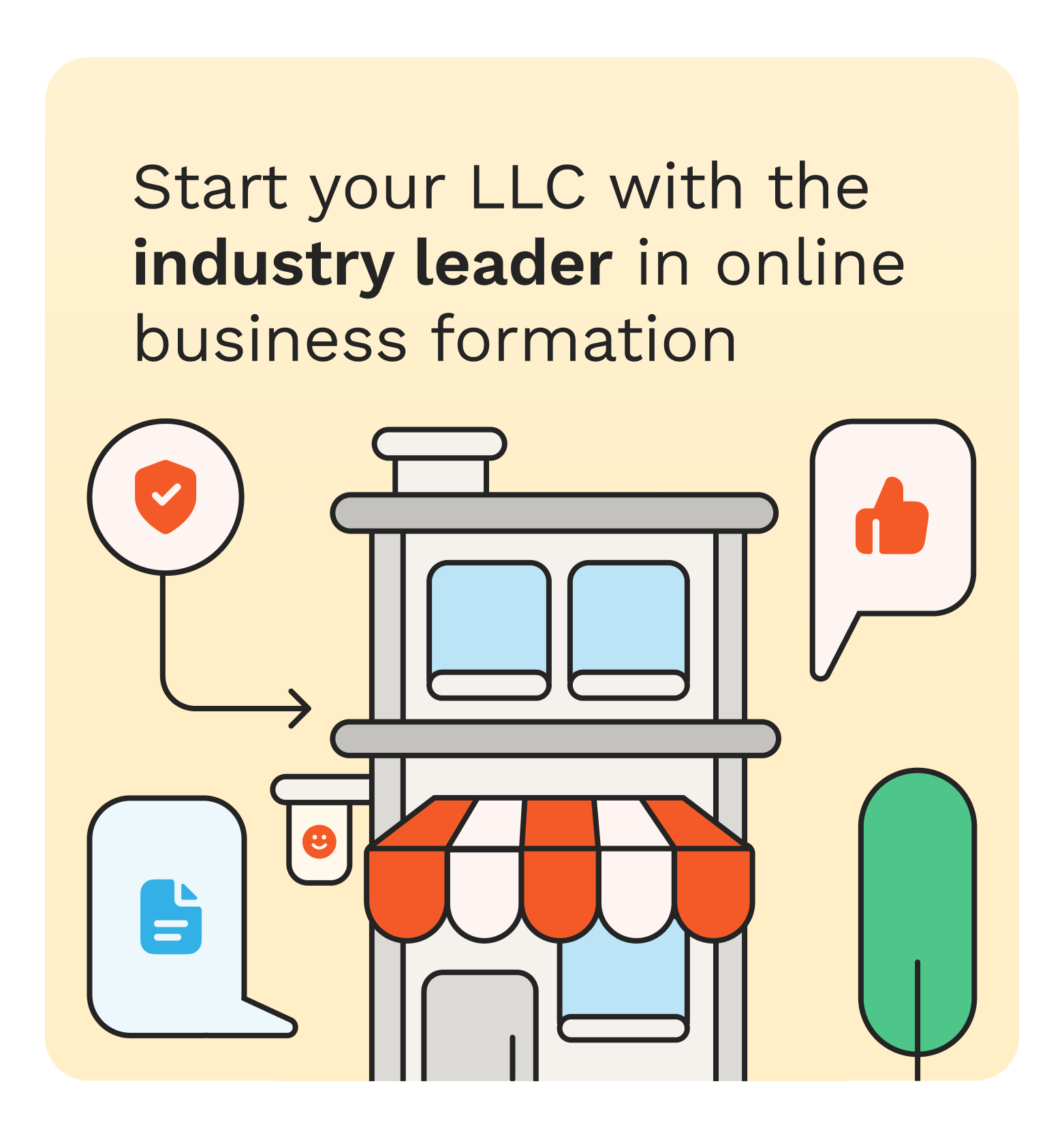With technology intersecting with every principal facet of day-to-day life today, businesses attract and entice people through a refined sign-based experience—the way they grab and educate. Smart technology creates a new interactive and dynamic mode of connecting with potential customers by integrating with signage. In this post, learn how smart digital signage drives engagement and tips on how to implement it.
What is Smart Digital Signage?
Smart digital signage is a modern-day version of an electronic screen that implements interactive technology to attract audiences. Unlike conventional signs, these digital displays can change content instantaneously, enabling contextual information that meets the specific needs or interests of the viewer. Because of that versatility, it becomes a highly effective communication tool in many settings, from retail stores to corporate meetings.
Advantages of Smart Digital Signage
There are many benefits to using smart digital signage. Today, it increases customer engagement as it provides creative and interactive content. These signs engage users interactively—whether through touch screens or motion-activated sensors, memorable interactions ensue.
Secondly, the ability to change smart signage content with instant updates is crucial. This enables information to be relevant and timely, be it some kind of promotion or an emergency alert. Through this adaptability in real-time, they can communicate better and provide more customer satisfaction.
Third, data collection represents another major advantage. Through smart signage, you will be able to get insights such as customer behavior and preferences, engagement patterns, etc. This information can then help guide marketing strategies, resulting in targeted and effective campaigns.
How to Do Smart Digital Signage
Here are some factors to consider for businesses thinking about digital signage: Know your audience. Understanding who they are and what they want to engage with will help you create content that resonates with a message that connects the dots.
Following that, choosing the appropriate technology is essential. The elements could be anything from screens to software that people interact with, and it all has to be in direct alignment with the purpose and environment. An interactive touch screen would be a good option for a retail store, while a corporate setting may require a display with an incorporated system.
Of course, there is content creation. Visuals and short messages are important for grabbing attention. When, where, or how the user can interact with the content should be dynamic. Even this remains fresh every time, as it means the message adapts to the context.
Challenges and Things to Consider
Yet, as clear as the advantages are, smart digital signage also has a number of drawbacks. The initial investment is noticeably high, which some people want to avoid. Yet, despite these upfront costs, the long-term payoffs can surpass them, as the technology can result in higher engagement and sales.
Another point to consider is maintenance. Repair and technical support work must be done constantly to keep the signs running smoothly. This is where the partnership of strong service providers who can ease this concern and ensure that work continues as usual can come in handy.
One question is privacy, especially where you have to gather the data. Businesses have privacy regulations to honor and are responsible for treating customer information. Being transparent about your data usage reassures the audience.
Smart Digital Signage in Action: Examples of Success
Many industries have implemented smart digital signage successfully for better customer engagement. When it comes to retail, mall displays help shoppers navigate to products, suggest personalized recommendations, and even enable virtual try-ons. Not only does this improve the shopping experience, but it also boosts sales.
Hotels use digital signage to provide guests with personalized recommendations for local attractions, dining, and other hospitality industry events. This targeted approach not only produces results but also adds value to the guest experience, enabling guests to enjoy their stay even more.
Educational institutions have also embraced this technology. Through interactive displays, students are met with real-time information about schedules, events, and announcements. This dynamic communication tool keeps the student informed and engaged.
The Future of Smart Signage
With advancements in technology, this is how you can unlock smart digital signage. The integration of artificial intelligence (AI) could allow for even more personalization and predictive content. Other emerging trends, such as voice recognition and gesture control, also promise to make interaction even more natural.
The sustainability and energy efficiency displays are also in their way of gaining maximum importance as the eco-friendly materials. So this is not only a win for practicing sustainability, but also for meeting consumer expectations of responsible business practices.
Conclusion
In the current tech-centric world, smart digital signage is an engaging medium to reach out to audiences. The potential is huge, whether to encourage engagement or to gain insight. With mindful approach to implementation and clear expectation management with respect to challenges, organizations can wield this technology to effectively hook their audience. Smart signage will certainly become one of the most important elements of any communication and engagement strategy as technology develops.














